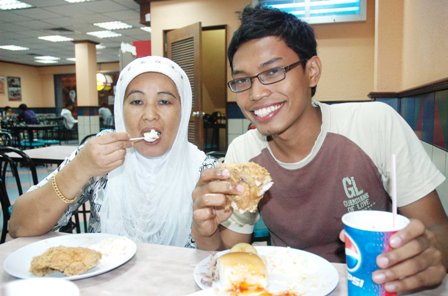







Much has been written about the techniques and equipment for insect photography. As such this article is not intended to be a comprehensive guide but does however bring together all the tips, tricks and techniques I collected during my insect photography last year, concentrating mainly on butterflies and dragonflies. All the photographs were taken at local nature reserves, Heysham NR and Gait Barrows NNR using daylight as the main lighting source. I have in the past tried flash photography in butterfly houses, but for me it offers less of a challenge and much less of a thrill to capture a sharp, well exposed and imaginative portrayal of one of nature's most spectacular creations. Man has never managed to adopt the remarkable technology of flight employed by these amazing insects. If you want to be truly astounded by the physics of flight of butterflies and dragonflies, you should look at the high speed flash photography by Stephen Dalton, undoubtedly the master of the genre.
Equipment for insect photography
There is specialist equipment available for insect photography which can cost many hundred of pounds but the chances are that if you are just starting your journey on insect photography then you possibly already have equipment which can be pressed into use for close up photography. Many digital cameras have a close focussing or macro option which enables focussing down to just a few centimetres. John Shaw's book Nature Photography Field Guide has one of the best discussions I have found on the use of lenses, extension tubes, teleconvertors, close up diopters and flash brackets in my extensive search for background information.
Book references
For flash photography I would recommend you read the Complete Guide to Close Up and Macro Photography by Paul Harcourt Davies. There is a good discussion of the various options for close up and macro photography, a good summary of using flash for lighting and some very useful charts in the appendices for depth-of-field.
For ambient light photographs one of the finest books I have seen without doubt is Close up on Insects - A Photographer's Guide by Robert Thompson. The author uses medium-format equipment to create some spectacularly beautiful photographs which show the insects in the most natural and beautiful way possible.
John Shaw's book Nature Photography Field Guide also contains a very helpful summary of the options for close ups giving practical advice on their use, advantages and disadvantages in a range of field situations.
Richard Lewington's How to identify Butterflies Collins is a great identification guide and includes information on foodplant, habitat and behaviour
How to Migrate from ESLint to Oxlint
Seminggu yang lalu

















0 ulasan:
Catat Ulasan